At the beginning of 2014, when I was first learning about the great results that hydroponics made, I was overwhelmed by the different appliances required for the system to run. It made me worry about my already increasing electricity bills and kept me wondering, does hydroponics use a lot of electricity?
So does hydroponics use a lot of electricity? There is no exact figure for hydroponics electricity consumption. Generally speaking, there are a set of different factors affecting power consumption like the watts that the appliances use, the running time, and other external factors.
Many external factors can skyrocket your monthly bill, and these factors aren’t related to your indoor hydroponic system at all. Every state has its electricity rates that are different from others. A Kilowatt-hour price in Florida is 11.99 cents, while in new jersey it costs 15.72 cents. Some power companies fluctuate prices based on the time of day and time of year. Rates are higher during peak periods, which usually is during the daytime, and cheaper during the nighttime.

Seasons like summer and winter have the highest rates due to peak usage of heating and cooling. Moreover, some power suppliers use tiered utility rates that increase the price as the consumption passes a specific limit. These factors
Unfortunately, the previous external factors are difficult to control as it depends on which state you are in and which power company supplies you. But the following factors are much easier to manage as it is merely a matter of making the right choices when setting up your hydroponic system.
Various appliances are essential for your hydroponic system to work. Things like growing lights, air pumps, water pumps, and indoor heaters are the basics of a healthy hydroponic plant. The appliance consumption depends on various aspects like the type, wattage, and period of running.
Growing Lights
Lights used for indoor hydroponic growing come in different types, shapes, and wattages.
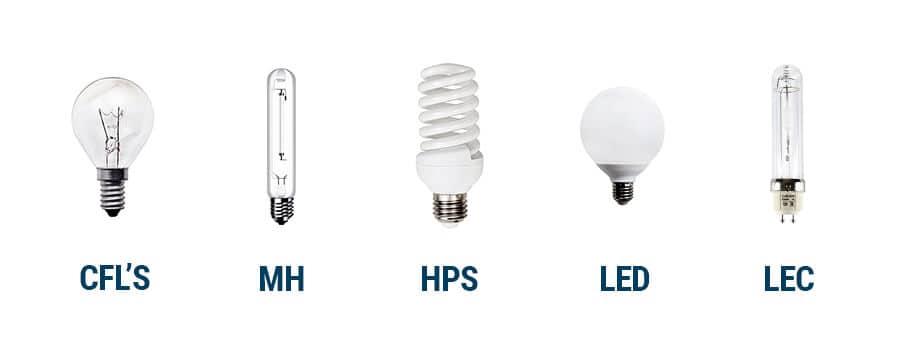
The types on the market right now are:
- Incandescent
- High-intensity discharge (HID)
- Fluorescent lamp
- Light-Emitting Diode (LED)
During the past couple of years, LED has surpassed most of the other types in the market. Not only does it lasts longer than any different model, but also it is the most energy-efficient one. Choosing LED lights for your indoor hydroponic growing system makes you save money in the initial purchase and on monthly basis. But I think that the most significant advantage of LED is that its spectrum can be adjusted. Having an adjustable light spectrum can serve you well during the different life stages of your plant. It will save you the trouble of buying other lamps with the required light spectrum and also boosts your yield like never before.
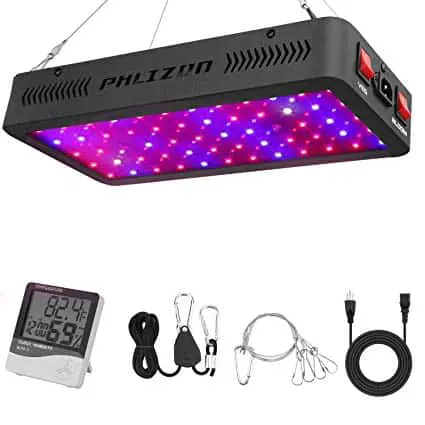
The factor that contributes to LED lamps being the most energy efficient among other lamps is their high lumens per watt ratio. Lumen is the amount of light emitted per second from a lamp. Having a higher lumen per watt means that the lamp can produce lumens per second from a single watt more than any other type of lamp.
At this point, we have agreed that LED lights are the most efficient grow lights that you can bring for your hydroponic system. Now comes the tricky part, how to choose the right watts for your hydroponic system. On average, every square foot of grow space needs at least 32 watts. Although having lights with 52 and 80 watts has shown better results, a light system with 32 watts is more power-efficient and can significantly decrease your monthly lighting costs.
The amount of time that your hydroponic plants spend exposed to growing lights can affect both, your electricity bill, and the final yield. Different plant species require different amounts of light per day. Plants are categorized into 3 different groups.
Short day plants
These are the plants that will be damaged when exposed to light for more than 12 hours per day. These plants are strawberries, chrysanthemums, cauliflower, and Poinsettias.
Long day plants
This type of plant needs exposure to light for up to 18 hours per day. Plants like lettuce, spinaches, potatoes, wheat, and turnips are among these types of plants.
Day-neutral plants
This type of plant is the easiest group to plant. I always recommend them for newbies who are worried about the periods of exposure to grow lights. Prolonged exposures to light do not harm them and they survive no matter what. Plants like rice, corn, eggplant, and roses can be good crops to start with
Air Pump
Air pumps are critical in the survival of the hydroponic plant. They are essential for the oxygenation of nutrient solutions. Plant roots need oxygen to survive. Roots use oxygen in the respiration process to produce energy. This energy is used then for the uptake of nutrients from the solution.

Without an air pump in the hydroponic system, there will be less dissolved oxygen in the solution which will lead to the plant’s suffocation in a few hours and indeed, death. Moreover, the bubbles produced by the air pumps help in keeping the nutrient solution free from bacteria and pathogens by constantly disrupting any accumulation on the solution surface.
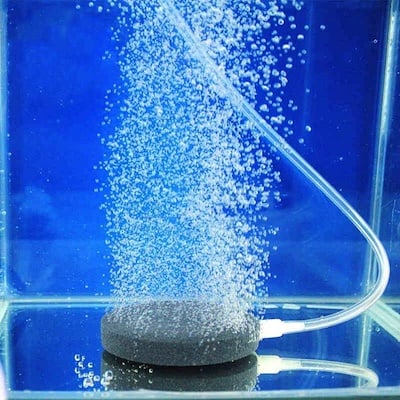
Shopping for air pumps can be overwhelming for some newbies as there are many versions with different wattages on the market. A general rule of thumb, you have to get an air pump that has a wattage that is equal to the number of gallons in your system. Let’s say a hydroponic system contains 50 gallons of nutrient solution. It will require a 50 watts air pump to be well-oxygenated. I usually prefer no more than 20 gallons for newbies to experiment. Moreover, some hydroponic systems have more than one reservoir as recirculating DWC. These systems will require you to choose an air pump with multiple nozzles.

Water Pump
A water pump will take part in many hydroponic systems. It is essential, if not critical, for systems like NFT and RDWC, where the continuous circulation of water is a must for the plant to survive. Plants consistently take up nutrients from the nutrient solution. Therefore, there must be a constant redistribution of nutrients all over the system. Another benefit of a water pump is that it prevents water stagnation, which can lead to pathogens and bacterial accumulation.
There are two types of water pumps which are submersible pumps and inline pumps. Submersible pumps usually are for small systems, and I recommend them over inline pumps for systems below 20 gallons. They will give you the average efficiency with the lowest power consumption.
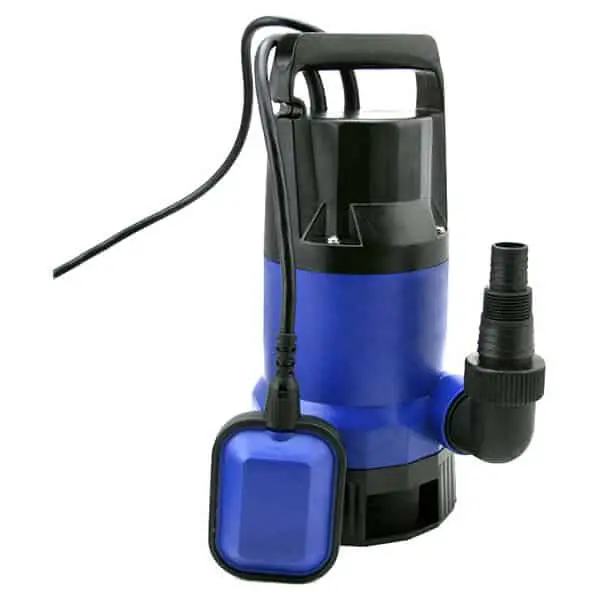
On the other hand, inline pumps are external pumps that best work for larger-scale hydroponic systems. This type of pump consumes more power but at the same time has a higher GPH (Gallon Per Hour).
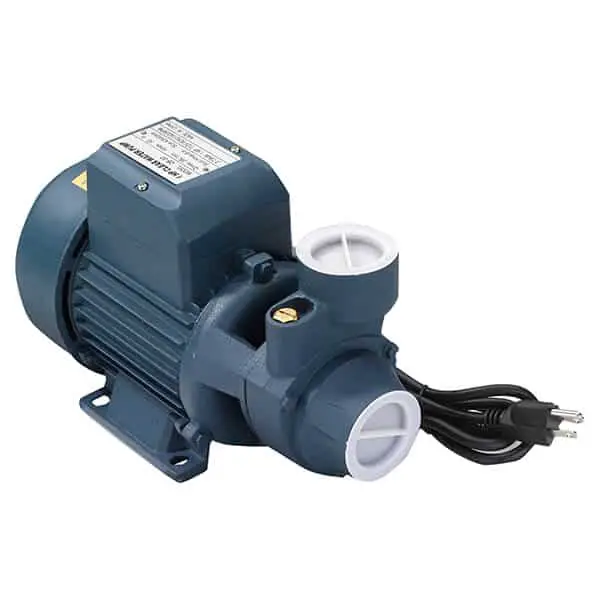
In my systems, I prefer running a complete water cycle every 2 hours. To get the right value of GPH (Gallon Per Hour), divide the total number of gallons in your system by 2 hours. Let say my system contains 200 gallons of the nutrient solution; I need to divide 200 by 2, which will give me 100 GPH. The final value means that I need a water pump with a GPH of 100 for my system to make a complete cycle every two hours.
Water pumps in the ebb and flow systems are somehow energy efficient. Instead of continuously running on a system like NFT, ebb and flow require a specific watering schedule. The watering schedule is followed best with a timer.
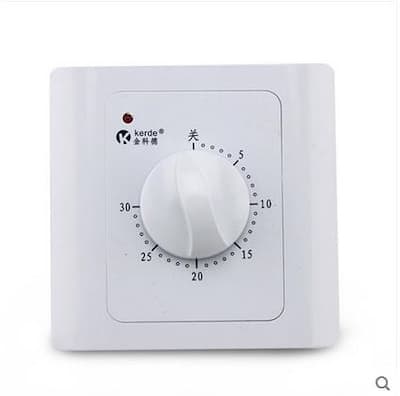
Indoor Heating
During winter, sometimes the temperature drops to freezing point. This low temperature is not suitable for the plant’s survival. Lettuce, for example, can grow in a 60 to 65°F without problems. Below this temperature, there will be a poor growth curve, and if continued for several days, the final yield will be severely affected.

To choose a heater with the correct wattage, you have to measure the growing area or room available. After measuring your growing room, you should multiply the total area by 10 watts, and that will give you the right wattage that you will be looking for in a heater. For example, my growing room is a 2×3 square foot, which is a little bit small be I am ok with it. My growing room will need a heater with 60 watts for surviving winter seasons.
Estimating the electricity bill for heating can be a bit confusing. It depends on several factors, and the most significant one is the temperature difference. Heaters don’t work all the time. They only work when the thermostat detects a room temperature that is lower than the original temperature set. If there is a considerable temperature difference caused by the winter seasons, there will be a continuous heat loss and the heater will work non-stop.
How To Save Money On Electricity Bill?
Choose the right wattage for the appliances of your hydroponic system. Having higher wattage in tools like growing lights can severely stunt the plant’s growth. Moreover, devices like air pumps can have more additional watts that will not harm the plant but will increase your electricity bill at the end of the month.
Some growers like to get 80 watts of growing lights as it has shown better results. However, the results produced by these lights are not high enough to cover the extra monthly expense that the lights add. Having 32 watts is the most economical choice that still provides excellent results.
Another trick that you can use to save on monthly heating costs is insulation. If you are living in a freezing state where your heating costs are significantly raising your monthly bill, you can try and insulate the growing room. You can search for different insulation methods online, but I am sure that it will incredibly affect your bill at the end of the month.
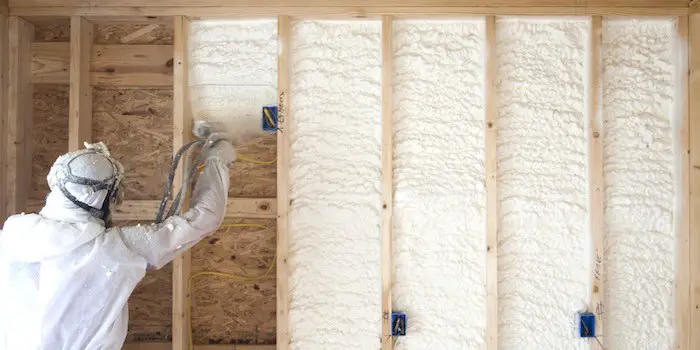
If the crops that you are growing require only 12 hours of exposure to growing lights, try running them during the night. The period from 12 am to 9 am is considered an off-peak period where power companies charge lower rates. Moreover, electricity rates are lower during the spring and fall months. So consider starting your growth cycles around these months to have a lower monthly electricity bill.
Related Questions
Can hydroponics be profitable? Yes, hydroponics can be more profitable than soil. In order to be profitable, you must choose an economically viable crop like lettuce. Also, you have to control your monthly electricity expenses to increase your profit margin.
Are hydroponics more expensive? Yes, hydroponics requires more initial expenses than soil. However, these initial expenses can be compensated for overtime from the high yield that the hydroponics produce.



Hello
Is it possible to access (all) your posts about hydroponics ?
If yes , can you send me a link ?
Thank You
Victor
Dear Joe,
This article as well as your other articles based on hydroponics is most tantalizing for you not only project quirky ideas but you also follow the ideas with sound mathematics and ground logic.
Your articles are really helpful for people like us who are venturing into commercial hydroponics.
I would like to be personally in touch with you for beautiful future collaboration, if you would so allow.
With Warm Regards
Hi
This was a very good insight on how to manage your hydroponics system.
If you could provide some insights on how to do a market analysis before setting up a hydroponics system, it would be really helpful.
Thanks.
I will put it up on my article list
Very interesting information.
Thank you for the job work you have done.
What type of fish is most prefered and more economical under Aquaponic conditions. CatFish or Tilapia?